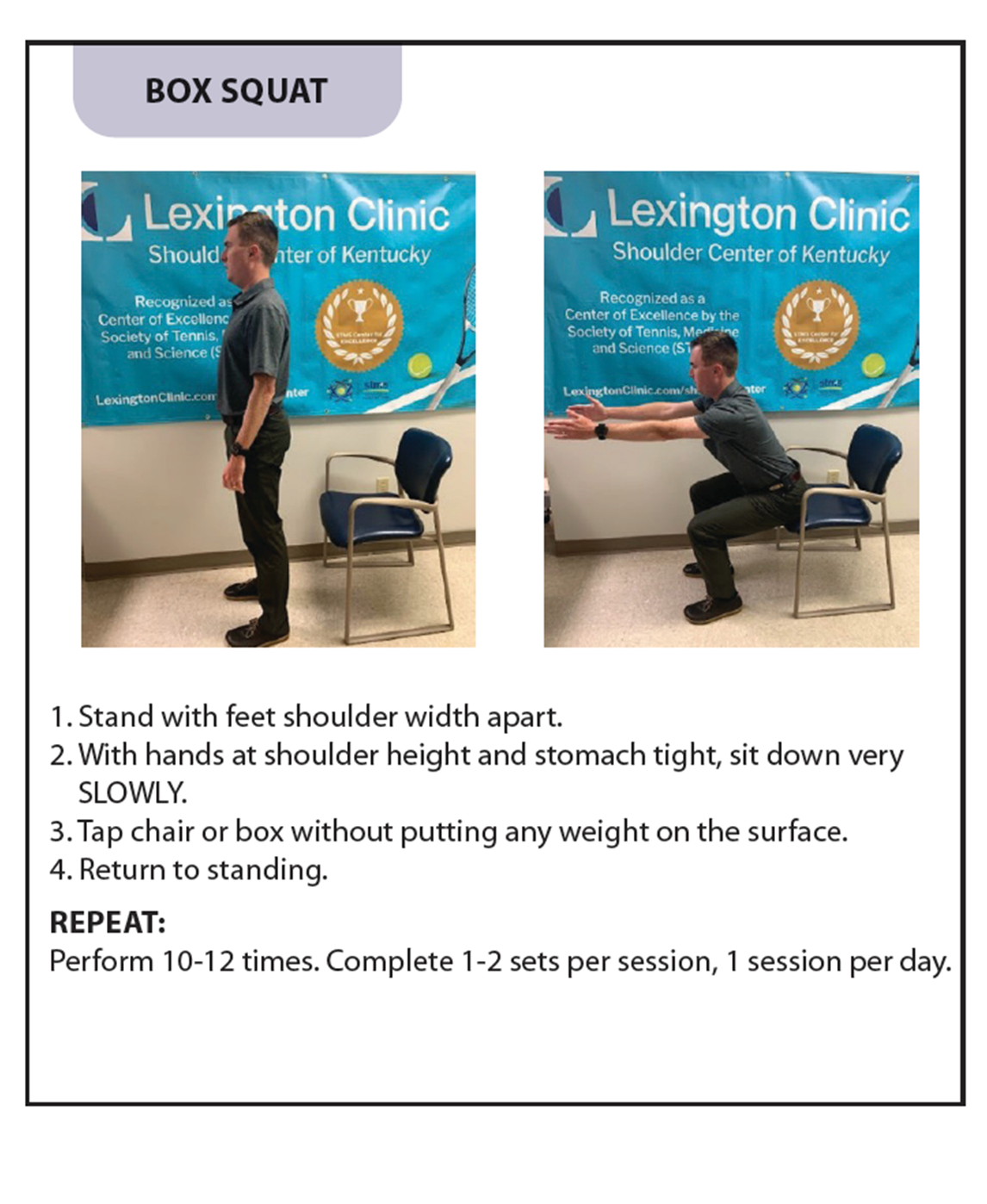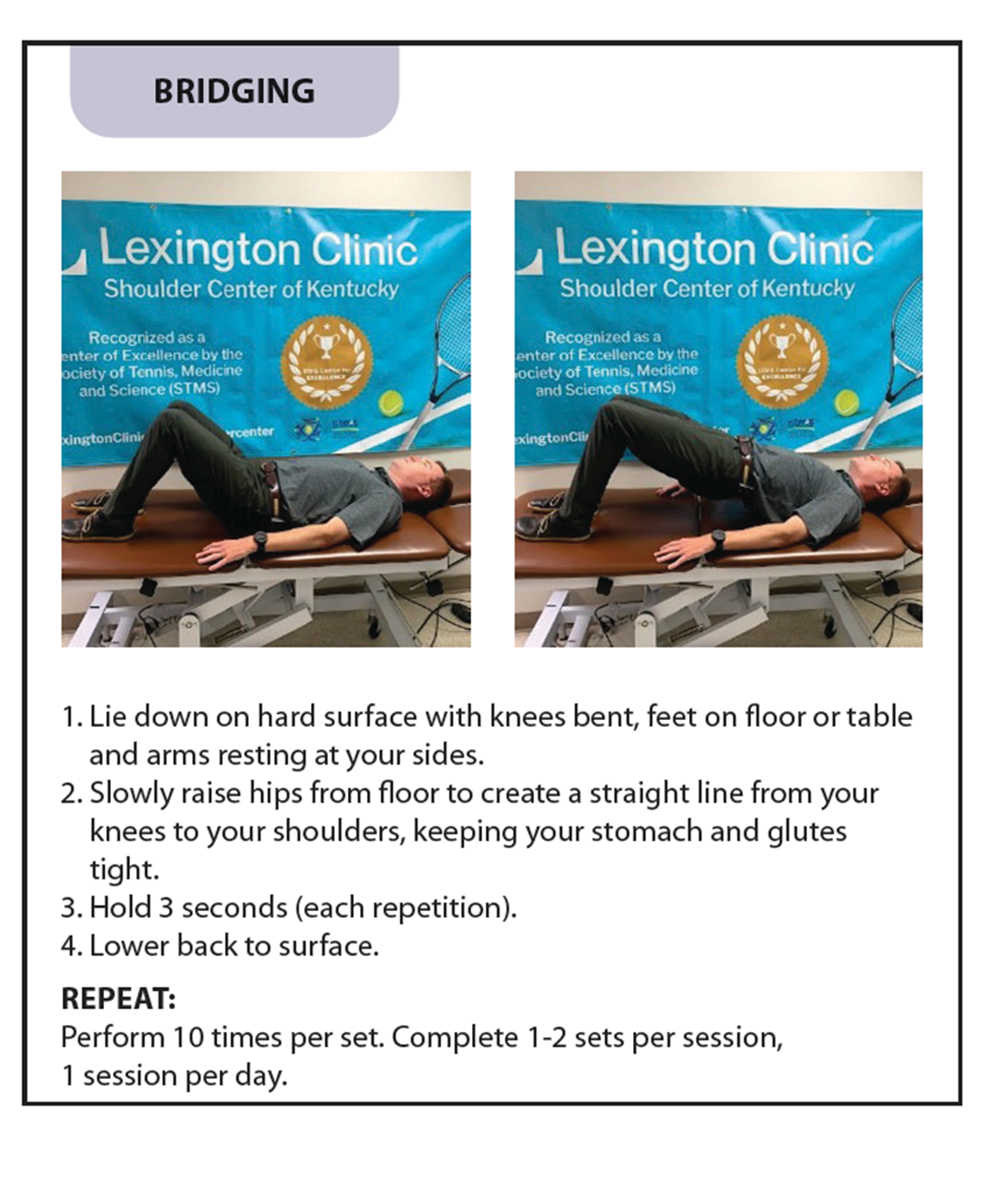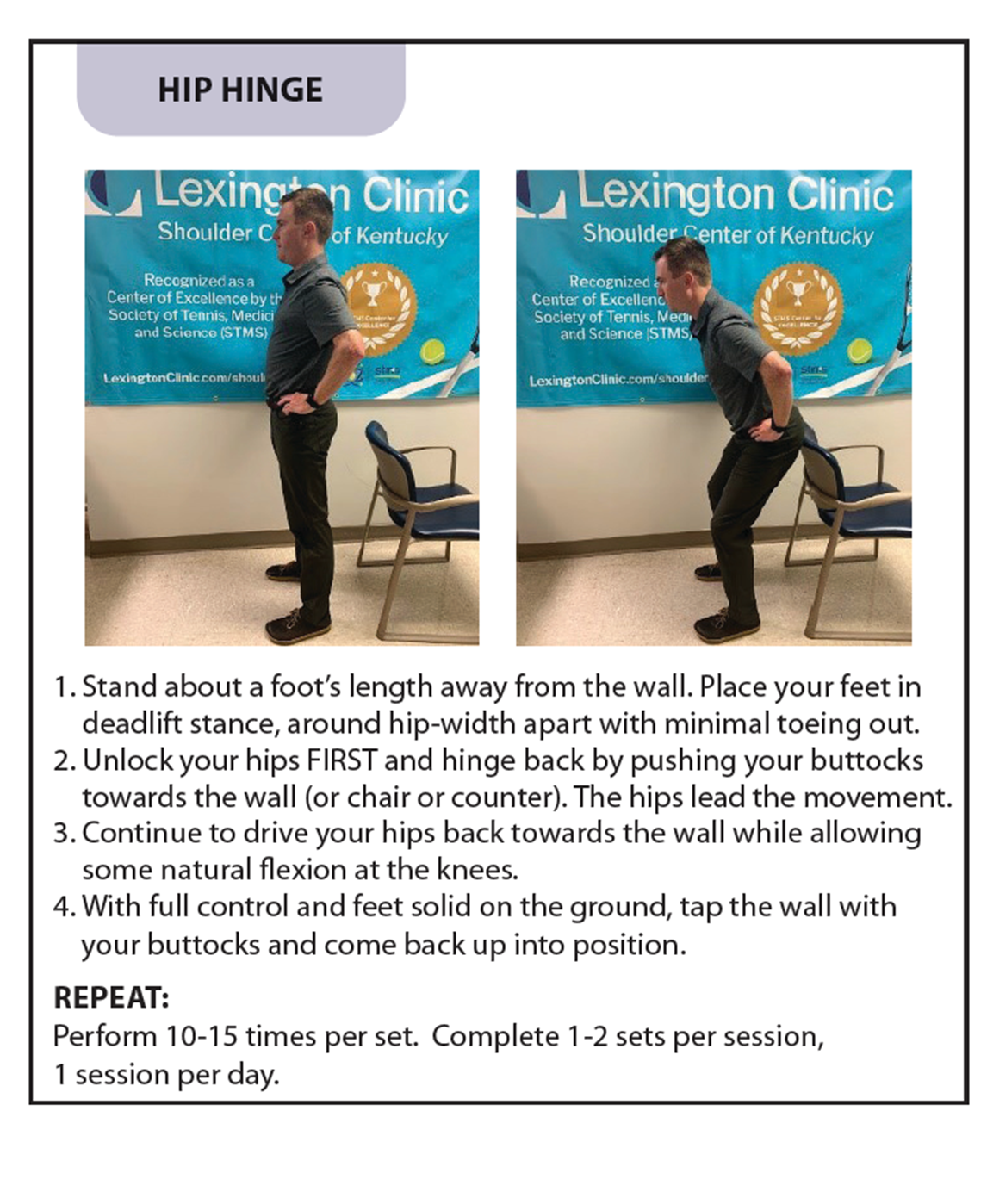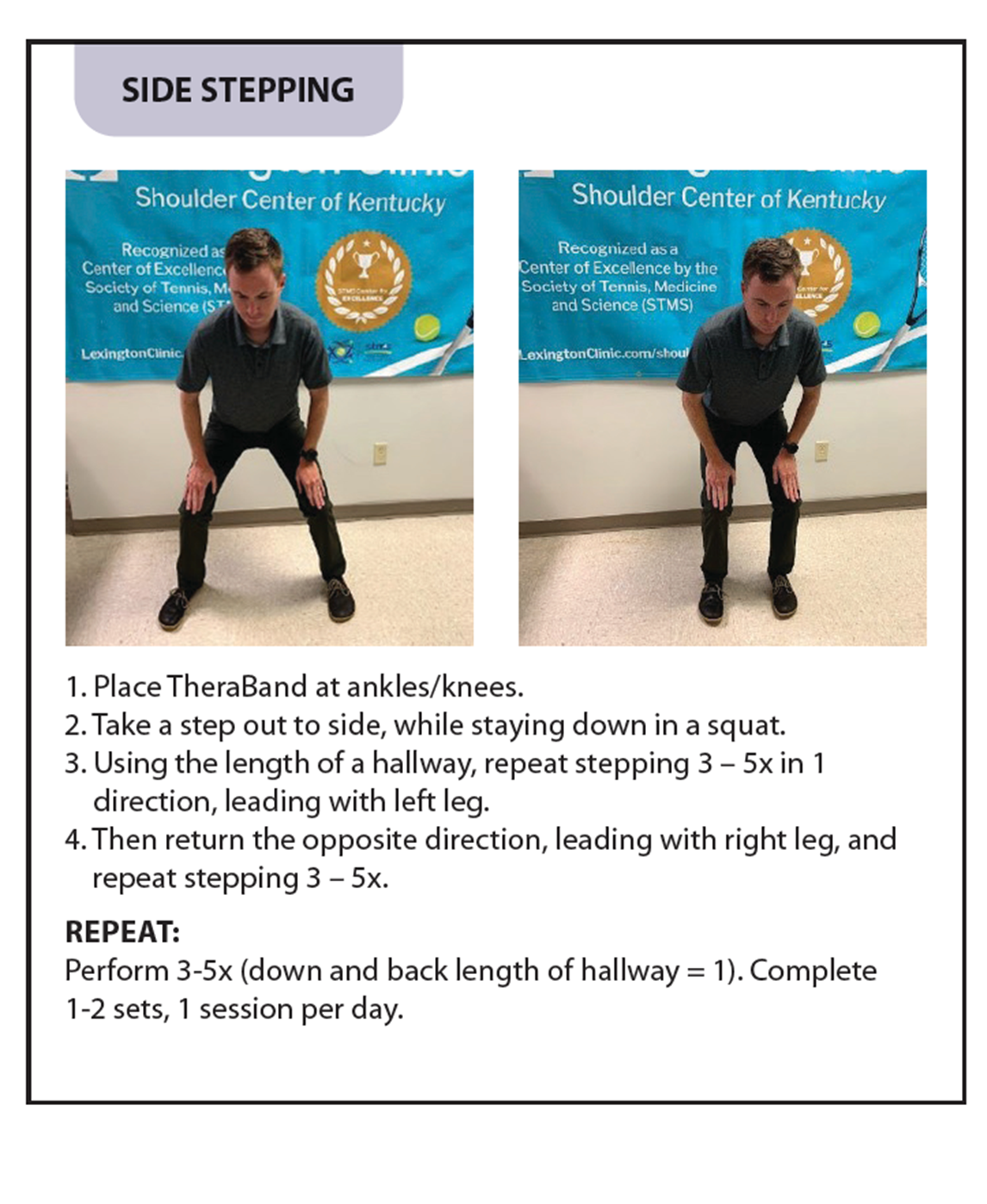Ask The Doc
What is a knee meniscus?
A meniscus is a thin fibrous cartilage between the surfaces of some joints. The knee menisci are two thin C-shaped cartilages that sit on top of the tibia and help provide cushioning and stability to the femur. One meniscus is on the inside (medial); the other on the outside (lateral) of the knee. They are particularly helpful when the knee is flexed. These small structures are extremely important in preventing osteoarthritis.
How does the meniscus tear?
The meniscus is often acutely torn with an instability event, such as when an athlete tears their anterior cruciate ligament (ACL) or sprains their medial collateral ligament (MCL). Much like the other cartilage of the knee, which is known as hyaline cartilage, a meniscus can wear down over time, which is referred to as a degenerative tear.
What does a meniscus tear feel like?
Meniscus tears usually create pain at the joint line of the femur and tibia. Medial meniscus tears hurt on the inside and lateral meniscus tears hurt on the outside of the knee. Additionally, tears can create painful popping or clicking swelling, and even locking up of the knee.
What is an easy test I can do at home if I think I have a meniscus tear?
A doctor will often perform a McMurray test in the office, but that is not possible to perform on your own. The Thessaly maneuver is one that you could do at home. Stand on the injured leg, bend the knee slightly and gently twist your body while standing only on the injured leg. If it creates pain on the inside or outside of the knee, you may have a meniscus tear. The best way to confirm that diagnosis is with an MRI.
What can be done for a meniscus tear?
For acute tears in the setting of an instability event, we usually recommend surgical fixation, as these tears usually heal well and will help prevent future osteoarthritis. First line of treatment for degenerative tears is physical therapy with strengthening. If physical therapy does not help and the knee does not have much osteoarthritis, arthroscopic repair or debridement would be the next step. In the setting of arthritis, we usually recommend NSAIDs and injections before likely going on to knee replacement.
Knee Exercises
When applying power during play, power can place high levels of potential injury loads on the joints, muscles and bones. Care must be taken in doing the exercises for power conditioning, especially the plyometric exercises. Going through too large a range of motion, applying too much resistance or doing too many sets can lead to acute or chronic overload and injury. Progressions of extra load, repetitions or sets should be implemented gradually, with no more than a 15% increase in any component at a time.





